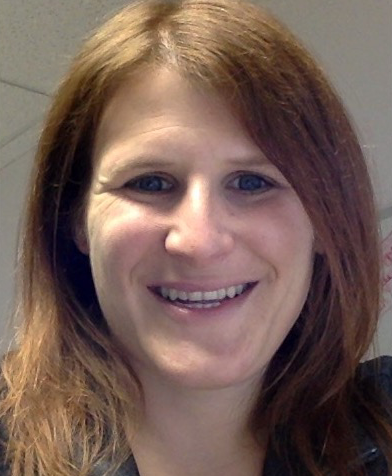
Evaluating Quantitative Precipitation Estimate Uncertainty for Use in Quantitative Precipitation Forecast Validation in Northern California
Janice Bytheway
CIRES and ESRL Physical Sciences Laboratory
Thursday, Sep 26, 2019, 11:00 am
DSRC Room GC402
Abstract
The Bay Area of California and surrounding region receives much of its annual precipitation during the October-March wet season, when atmospheric river events bring periods of heavy rain that challenge water managers and may exceed the capacity of storm sewer systems. The complex terrain of this region further complicates the situation, with terrain interactions that are not currently captured in most operational forecast models and inadequate precipitation measurements to capture the large variability throughout the area. The Bay Area Advanced Quantitative Precipitation Information (AQPI) project was developed to improve monitoring and forecasting of these events at spatial and temporal resolutions of interest to the area water managers.
While there are many sub-hourly to hourly QPE datasets currently available at spatial resolutions under 10km, all are subject to various sources of uncertainty depending on the observational platform, leading us to wonder, “what is the truth?”. This talk will first examine the uncertainty of ten gridded high resolution (<10km, hourly) quantitative precipitation estimates (QPE). The products were linearly interpolated to the 3-km grid spacing of the operational forecast model to be validated in the second part of the study (HRRR). Here, we use the distribution of hourly rainfall estimates at a given location over a period of time to estimate a range of precipitation amounts that likely includes the true rainfall. It can then be determined whether the forecast precipitation falls within that range (good forecast), slightly beyond that range (forecast was possible, but unlikely), or well outside that range (poor forecast).
You must provide an accepted form of identification at the Visitor Center to obtain a vistor badge. Security personnel also inspect vehicles prior to entrance of the site. Please allow extra time for these procedures.
After receiving a badge, you must arrive at the DSRC Lobby at least 5 minutes before the seminar starts to meet your security escort. If you arrive after that time, you will not be allowed entry.
Foreign Nationals: Please email the seminar contact at least 48 hours prior to the seminar to provide additional information required for security purposes.
Seminar Contact: Tom.Statz@noaa.gov